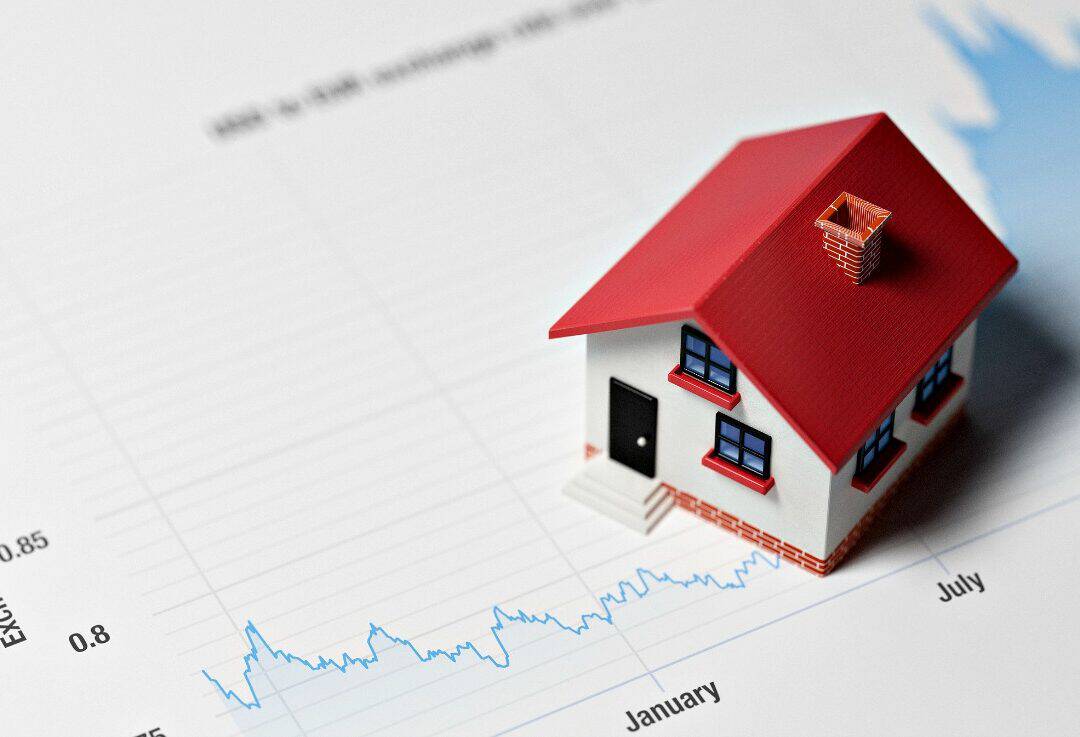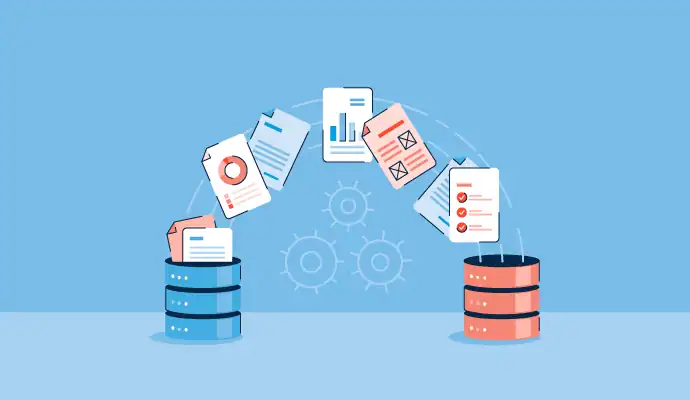In real estate, location has always been regarded as a primary factor influencing property values. Beyond the intrinsic qualities of a home, the wider neighborhood environment considerably impacts long-term returns. Predicting neighborhood appreciation—the expected growth in residential property values over time—constitutes a pivotal aspect of both investment and homebuying strategies. Accurate forecasting allows buyers to make informed decisions, sellers to price competitively, and investors to optimize portfolio performance.
Multiple Listing Services (MLS), with their extensive repositories of property data and transactional history, serve as powerful tools for monitoring market trends at granular geographic levels. When effectively leveraged, MLS data can reveal emerging patterns in neighborhood appreciation, providing crucial insights for all real estate stakeholders. This article explores the methodologies and impact of forecasting neighborhood appreciation through MLS, highlighting the evolving role of data analytics in unlocking market intelligence.
Understanding Neighborhood Appreciation and Its Drivers
Neighborhood appreciation reflects an increase in the market value of homes within a defined area over a given period. A blend of tangible and intangible factors influences it. Economic growth, employment opportunities, infrastructure development, demographic shifts, and local amenities each play a significant role. Conversely, crime rates, school quality, environmental concerns, and municipal regulations may suppress value appreciation.
While macroeconomic indicators give a general sense of real estate trends, localized dynamics often determine neighborhood-specific performance. Therefore, precise evaluation requires access to detailed, up-to-date data regarding recent home sales, pricing trajectories, inventory levels, and demand fluctuations.

Leveraging MLS Data for Appreciation Forecasting
MLS databases capture vast quantities of information accrued from residential real estate transactions and listings. This data includes listing prices, final sale prices, time on market, property features, and geographic identifiers such as zip codes or census tracts. Together, these elements form a comprehensive dataset covering multiple dimensions of market activity.
Analysts use MLS-recorded transactions to construct historical price indexes on a neighborhood-by-neighborhood basis. By tracking how average sale prices evolve relative to initial listing prices, they discern appreciation rates and volatility. Additionally, inventory turnover rates and days-on-market statistics help estimate supply-demand imbalances that can hint at upward or downward pressure on values.
More advanced predictive models incorporate MLS data alongside external variables such as interest rates, local economic indicators, and urban development projects. Machine learning algorithms further enhance forecasting accuracy by detecting complex, nonlinear relationships between variables that traditional statistical tools might miss.
Methodologies Employed in Forecasting Appreciation
Several analytic approaches capitalize on MLS data to estimate neighborhood appreciation. One common method involves time series analysis, which examines historical price movements to predict future trends. This could include autoregressive integrated moving average (ARIMA) models or exponential smoothing techniques that weight recent price changes more heavily.
Another approach is hedonic pricing models, which decompose property prices into components tied to characteristics like square footage, lot size, home age, and neighborhood attributes drawn from MLS metadata. By isolating the contribution of neighborhood location, the models infer appreciation trends independent of property-specific upgrades or changes.
Geospatial analysis has grown increasingly significant, leveraging Geographic Information System (GIS) integration with MLS data. Mapping price movements across neighborhoods identifies “hot spots” of appreciation, enabling investors to visualize spatial patterns. Clustering and heat-mapping technologies further refine these insights, highlighting areas exhibiting accelerating growth that may warrant investment attention.
Artificial intelligence and machine learning deepen the potential of these methodologies. Algorithms trained on vast MLS datasets continuously learn and adapt, improving predictive reliability. Variables such as proximity to transit hubs, school ratings, planned development projects, and population density are incorporated to build robust appreciation models tailored to micro-markets.
Implications for Real Estate Professionals and Buyers
For real estate agents, forecasting neighborhood appreciation enhances advisory capabilities. Access to reliable, data-backed projections empowers agents to guide clients toward neighborhoods with promising growth potential, aligning purchase decisions with long-term financial goals. Sellers can also benefit by setting listing prices that reflect anticipated market enhancements, avoiding underpricing or overpricing pitfalls.
Buyers, especially investors, find appreciation forecasting invaluable for portfolio strategy. Understanding relative neighborhood trajectories assists in allocating capital to markets with strong fundamentals. This mitigates risks tied to unpredictable price fluctuations and helps identify emerging neighborhoods before they peak, maximizing returns.
Additionally, lenders and appraisers increasingly incorporate such data-driven insights when assessing property values and mortgage risks, further professionalizing the market.
Challenges in Utilizing MLS Data for Neighborhood Forecasting
Despite its promise, forecasting neighborhood appreciation via MLS data entails challenges. MLS databases vary regionally in completeness, accuracy, and standardization. Disparities in data entry protocols or update frequencies can introduce inconsistencies that compromise analytical outcomes.
Real estate markets are influenced by sudden, unforeseeable events—economic downturns, regulatory changes, or natural disasters—that MLS-based models cannot always predict. Moreover, neighborhood boundaries themselves can be fluid and hard to define rigorously, complicating comparative analysis.
Data privacy concerns also arise, particularly when integrating MLS with other demographic or economic datasets. Ensuring compliance with regulations while preserving anonymity requires careful data governance.
Interpreting complex predictive outputs demands statistical and domain expertise. Misapplication or overreliance on models risks misguided investments or client advice.

The Future of Neighborhood Appreciation Forecasting
As computing power expands and data science matures, MLS-based appreciation forecasting is poised for rapid advancement. Integration with additional data sources such as satellite imagery, real-time economic data, and social media sentiment could provide even richer context.
Blockchain technology promises to enhance MLS data integrity and timeliness, fostering more accurate market reflections. Augmented reality and virtual platforms might soon allow buyers to visualize the appreciation potential interactively, increasing engagement and understanding.
Collaborations between real estate firms, technology providers, and academic institutions are already driving innovation in predictive analytics platforms tailored for neighborhood-level insights.
Ultimately, practitioners who harness these tools will offer differentiated value in an increasingly competitive market, empowering clients with clearer foresight and confidence.
Data-Driven Investment in Neighborhood Growth
Predicting neighborhood appreciation has transitioned from art to science, largely owing to the wealth of data contained within Multiple Listing Services. By tapping into this resource through sophisticated analytical frameworks, real estate professionals can deliver sharper market intelligence, helping buyers and sellers navigate the complexities of property investment.
While challenges remain, the trajectory is clear. The combination of MLS data and advanced forecasting tools signals an era where neighborhood growth becomes an accessible, measurable factor in decision-making. For those engaged in real estate, leveraging these insights equates to smarter investments, better client outcomes, and a deeper understanding of how location shapes value.
In a business centered firmly on place, the power to foresee appreciation trends through MLS data stands as a vital advantage, one that increasingly defines success in the evolving property market.
Frequently Asked Questions
1. What is neighborhood appreciation in real estate?
Neighborhood appreciation refers to the increase in property values within a specific area over time.
2. How can MLS data help forecast neighborhood appreciation?
MLS data provides detailed records of property sales, prices, and listing trends that reveal patterns and price movements in local markets.
3. What analytical methods are used to predict appreciation from MLS data?
Techniques include time series analysis, hedonic pricing models, geospatial analysis, and machine learning algorithms applied to MLS and related data.
4. Why is forecasting neighborhood appreciation important for buyers and investors?
Accurate forecasts guide buying decisions, helping investors choose areas with strong growth potential and buyers to secure future value.
5. Can MLS data alone guarantee accurate appreciation predictions?
No, MLS data is valuable, butit works best when combined with economic, demographic, and development data for comprehensive insights.
6. What challenges exist when using MLS data for appreciation forecasts?
Challenges include data inconsistencies, changing neighborhood boundaries, unpredictable market shocks, and regulatory issues.
7. How do real estate professionals benefit from forecasting neighborhood appreciation?
Agents can advise clients more effectively, price homes appropriately, and identify emerging markets sooner.
8. What trends are shaping the future of appreciation forecasting?
Advanced data integration, AI-driven models, blockchain-enhanced data reliability, and interactive visualization will boost forecasting accuracy.













